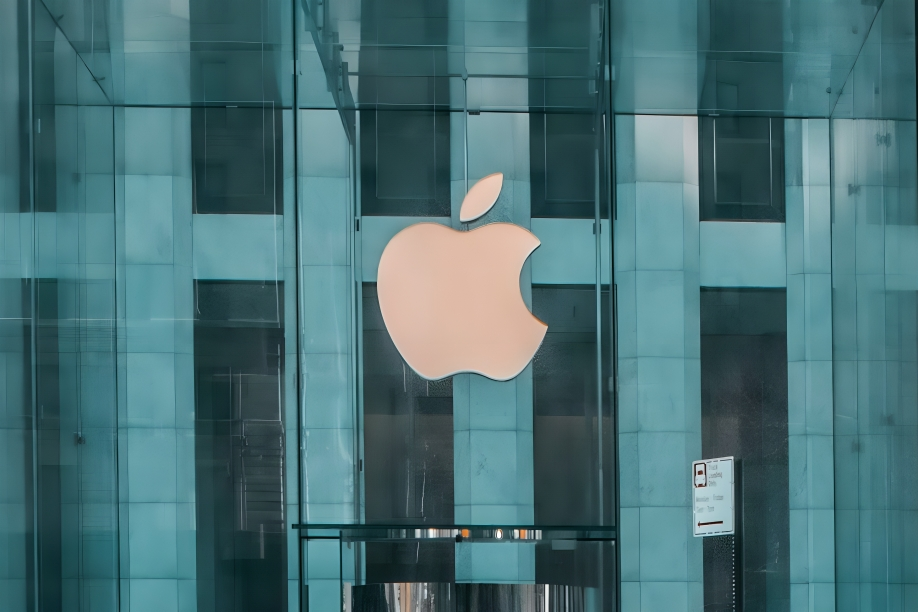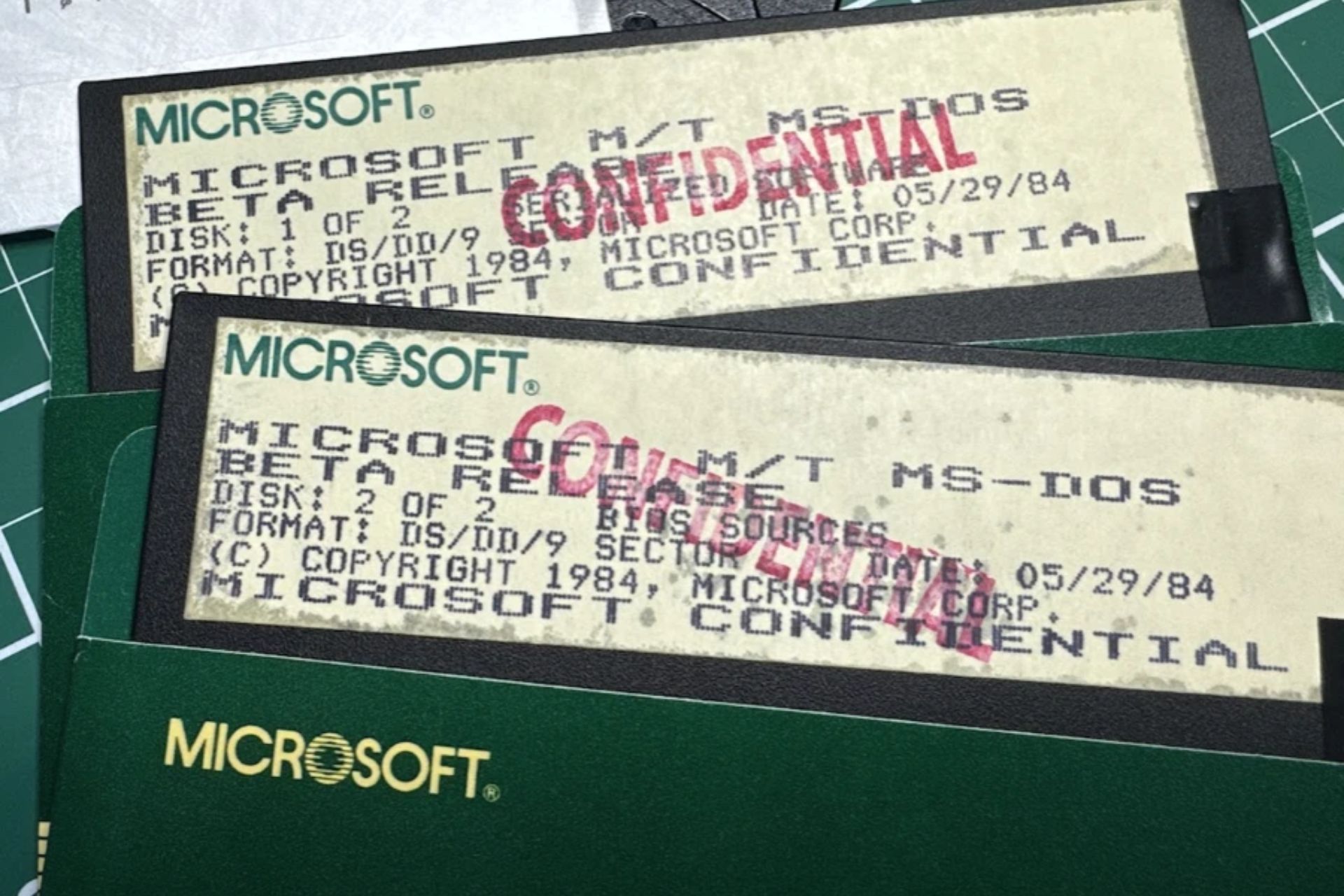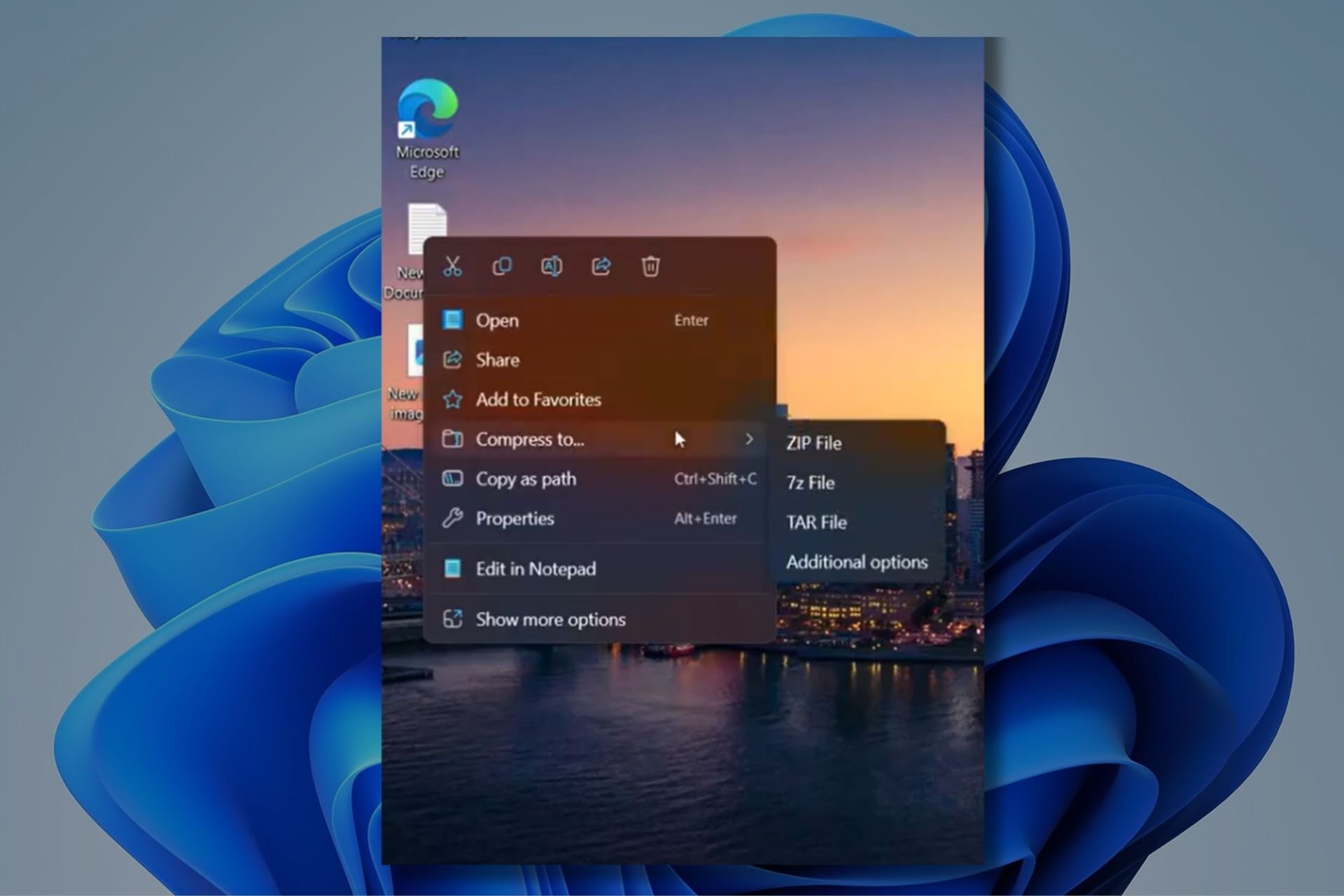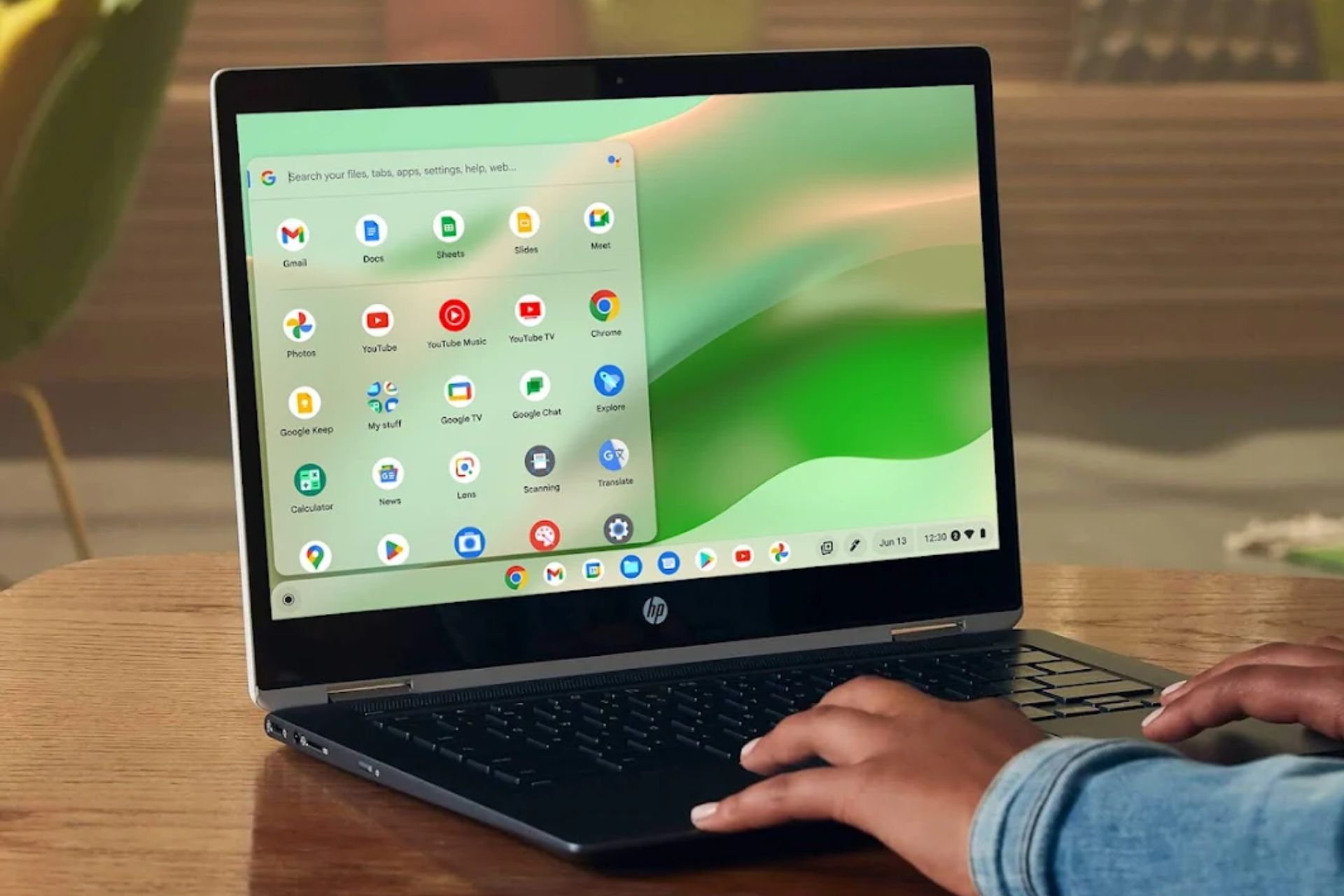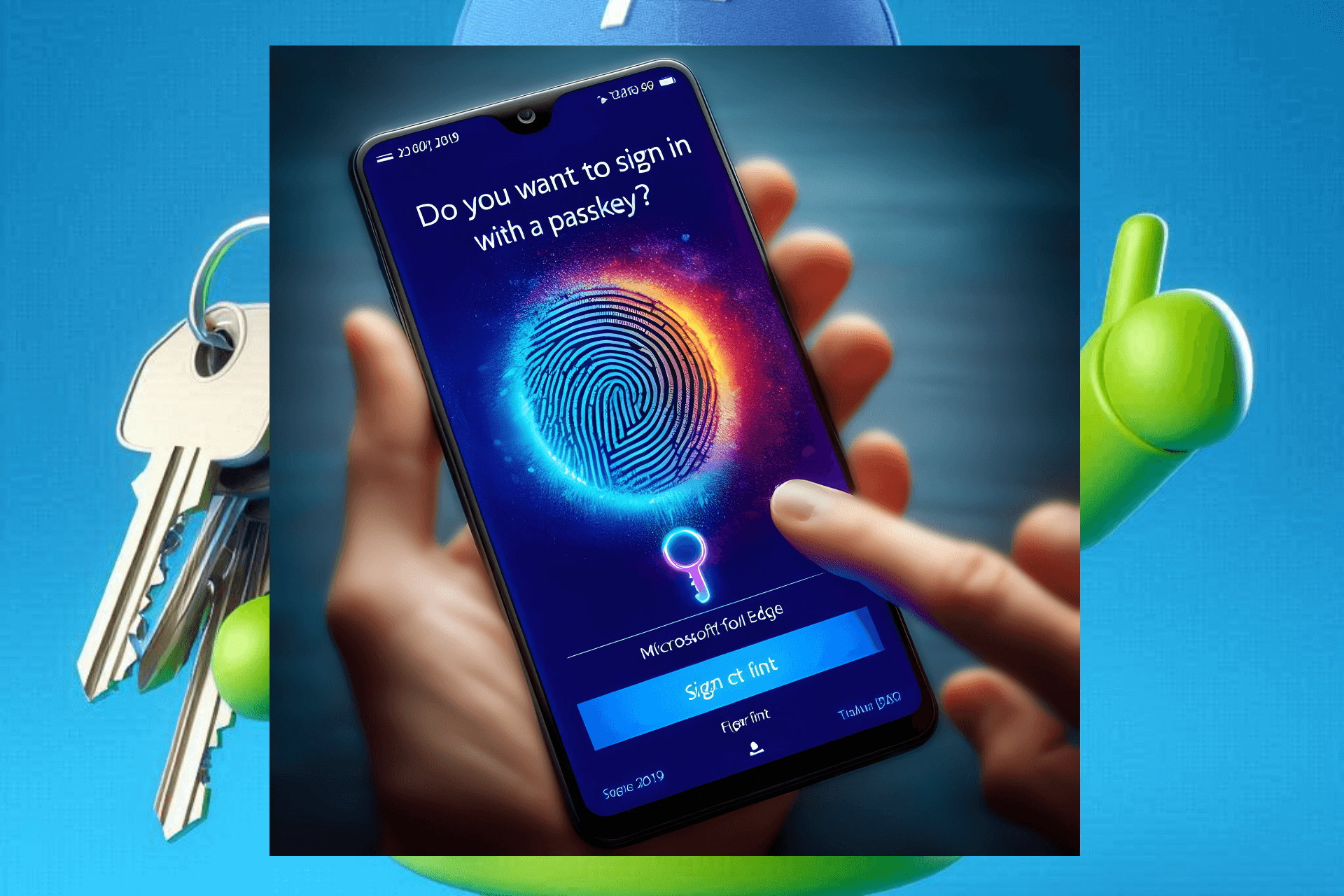Microsoft steps into predictive policing, helps create a solution for crime prevention and counterterrorism
6 min. read
Published on
Read our disclosure page to find out how can you help Windows Report sustain the editorial team Read more

Microsoft has stepped into predictive policing by helping create a solution for crime prevention and counterterrorism. Thanks to advances in data analytics and machine learning, we can use data to help prevent crime through more effective and efficient resource allocation.
Let’s face it, law enforcement is a tough job. You are hired, put through rigorous physical and mental training, told to uphold laws and regulations, and are constantly ridiculed by those who dislike being told what to do. For the most part, the mere presence of a uniformed officer or market patrol car is a huge deterrent to many kinds of criminal activity.
However, the biggest issue has always been “how do we get a police officer in the right place before a crime occurs?” This isn’t easy to do but we are taking a step towards the future of predictive policing and Microsoft is helping to make this a reality.
Have you seen the movie Minority Report (2002)? It revolves around the idea of apprehending criminals based on foreknowledge. That’s what Microsoft is trying to accomplish here with predictive policing. The idea is simple. Tap into sources of data to help prevent crime by proper resource allocation.
“Advances in data analytics and machine learning now allow this disparate data to be analyzed, helping departments pinpoint not only where crime is likely to occur, but when and under what circumstances. Where do people gather after sporting events? What happens when the weather turns warm? How do patterns change when school is out? By leveraging computer models that take into consideration historical crime trends, demographics, climatology, geospatial information, and other data sets, law enforcement agencies can better plan where to deploy their resources.” — Kirk Arthur, Microsoft.
Currently, law enforcement agencies utilize numerous legacy computer systems and databases that do not communicate with each other and are in different formats. For example, agencies utilize Computer Aided Dispatch (CAD) systems which allows a dispatcher to send information about a police call to the officer in a patrol car so they can read a quick message about what they are responding to. For example, “Male Hispanic at location claims son is beating him up. Son reportedly has a gun.” This gives officers an idea of what they are getting into before they get to the scene. Law enforcement agencies also utilize records management systems, geospatial information, crime analysis systems, offender management systems, and other (often times archaic) systems.

Predictive policing isn’t about sitting down at the police station and counting how many arrests you have made for the day. Nope. It’s about preventing crime through more effective and efficient resource allocation. The Los Angeles Police Department has already instituted a predictive policing program in the Foothill area, which has contributed to a 23 percent decline in serious crime over the last five years. In fact, February 13, 2014 marked the first day ever without any crime. Los Angeles is a massive city with lots of gangs and criminal activity. Having one entire day without crime in a city is extremely rare.
“It’s about preventing crime through more effective and efficient resource allocation.”
Microsoft has partnered with a number of cities, including New York, to develop the Domain Awareness System (DAS) to prevent crime and counterterrorism by aggregating and analyzing public safety and open source data. DAS aggregates and analyzes existing public safety data in real time to provide a comprehensive view of potential threats and criminal activity. Technology has becomes a ‘force multiplier’ by allowing police departments to place police officers in crime areas to not only respond to reported crimes, but also deter crimes by their mere presence.
“Part of the reason we have been able to continue driving down crime to record lows while devoting considerable resources counter-terrorism is our heavy investment in technology and our willingness to develop new, cutting-edge solutions to keep New Yorkers safe,” Michael Bloomberg, former Major of New York, stated. “This new system capitalizes on new powerful policing software that allows police officers and other personnel to more quickly access relevant information gathered from existing cameras, 911 calls, previous crime reports and other existing tools and technology. It will help the NYPD do more to prevent crimes from occurring and help them respond to crimes even more effectively. And because the NYPD built the system in partnership with Microsoft, the sale of the product will generate revenue for the City that will fund more new crime-prevention and counter-terrorism programs.”

Law enforcement has used statistical data and geospatial analysis to forecast crime levels for years, but as technology advances, so does crime. We’re not at the level where predictive policing can prevent every criminal activity from occurring, however, we can now allocate resources to certain crime areas and help prevent some if not most criminal activity from occurring. Predictive policing is excellent when it comes to redirecting the law enforcement workforce to particular areas of concerns.
Managing a budget is always a tough thing to do, but thankfully, police agencies can utilize data analytics as a cost effective way to stretch their budget. Predictive policing will never replace traditional law enforcement, but it will enhance the effectiveness and efficiency of police agencies. Officers can have an informed and practical approach to crime prevention rather than making arrests after the crime has occurred. We won’t be emulating scenes from the Minority Report, but we are definitely taking steps towards that future. Now whether predictiive polcing is effective has yet to be determined — it’s way to early. However, there is promise.
Law enforcement is not an easy job and it requires you to be paranoid half the time when you have members of society who absolutely despise you. This makes things even worse when you are with loved ones. The next time you see an officer drive past you or walk by you, take a quick second to say hello and offer him or her a simple ‘thank you’ for helping to make your world just a bit safer for you and your family.

